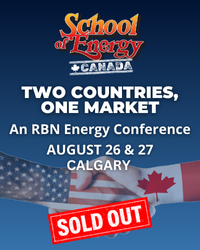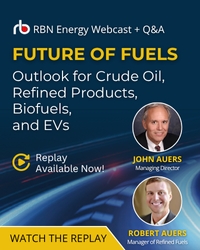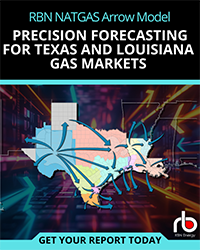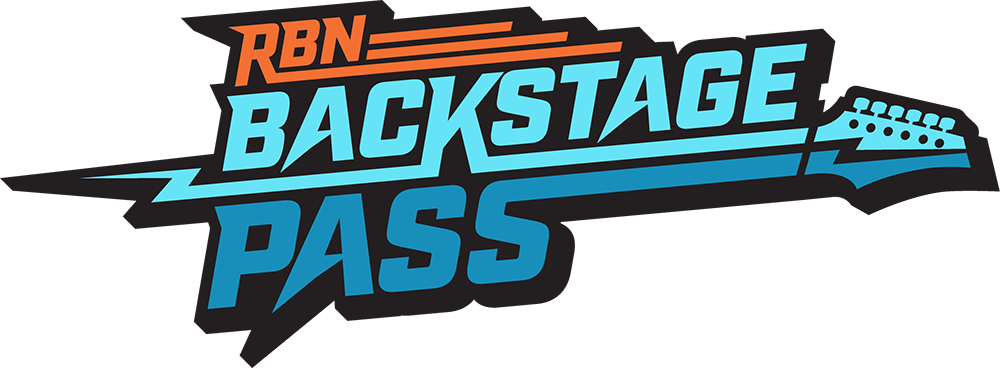A couple of months back in March 2013, the US Environmental Protection Agency (EPA) released proposed Tier 3 gasoline regulations that, if approved, will go into effect on January 1, 2017. The new rules include lower sulfur specifications for gasoline and tighter emissions controls for motor vehicles. Tier 3 also encourages acceptance of higher percentages of ethanol in gasoline. These regulations come at a time when US refinery gasoline blenders are jumping through hoops to handle a flood of new light shale crudes and increased demand for natural gasoline exports to Canada. Today we examines the proposals and their impact on gasoline and natural gas liquids markets.
Background
The EPA Office of Transportation and Air Quality issued the new Tier 3 regulation proposal in March 2013. If you have a spare afternoon, you can find a copy of the full 377-page proposal here. If not – read on – we’ll give you the cliff notes version. The Tier program was established under the Clean Air Act of 1990 to reduce vehicle emissions. The first set of rules – Tier 1 was implemented progressively between 1994 and 1997. The Tier 2 program was a refinement proposed in 2000 and phased in by 2006. The Tier 2 program treated both vehicles and fuels as a combined system, recognizing that reducing vehicle emissions of toxins required changes to fuel specifications as well as vehicle emission systems. The fuel part of the Tier 2 program reduced the average sulfur content in gasoline by 90 percent from 300 parts per million (ppm) to 30 ppm.
Purpose of the Regulations
The Tier 3 program is a continuation of Tier 2 – setting new standards for fuel and vehicle emissions. The regulations in Tier 3 are designed to further reduce the average sulfur content in gasoline from 30 ppm to 10 ppm. Sulfur is naturally occurring in crude oil. Some crude has more sulfur (sour) and some has less (sweet). Nowadays the vast majority of sulfur is removed during the refining process but very small quantities make it into refined products. For example, the current gasoline limit is 30 ppm, which is 0.003 percent. But fuel regulators in the US and other developed countries have exerted continued pressure on refiners to lower the sulfur content in transportation fuels. The sulfur content in diesel is subject to stricter rules than gasoline in the US with a 15 ppm limit. The reduction in the level of sulfur in gasoline is justified by EPA because it reduces the efficiency of catalytic converters in autos. That means these devices are less capable of removing emissions from exhaust gasses. So removing sulfur is a means of reducing other emissions of toxins from vehicle exhausts.
A second purpose of the Tier 3 program is to increase the acceptability of renewable fuel standards (RFS) to increase the amount of ethanol used in gasoline. We have written a couple of blogs on these RFS ethanol regulations and current concerns about the so-called ethanol blend wall (see Will RIN and Stimpy Dodge The Ethanol Blend Wall in 2013?). There has been a big fight between the ethanol industry, petroleum refiners and regulators over whether gas stations should be selling more fuel with 15 percent ethanol (E15) versus the current industry standard of 10 percent ethanol (E10). Refiners have pointed to auto manufacturer’s not honoring vehicle warranties if drivers use E15. The Tier 3 proposals require new vehicle testing by manufacturers using E15 fuel after 2017. That gives the EPA ammunition to push refiners to make more E15 fuel available. The Tier 3 regulations also provide for similar vehicle tests for flex-fuel vehicles that run on higher percentage ethanol (up to 83 percent).
Apart from sulfur content in gasoline and ethanol fuel testing, the rest of the Tier 3 proposals all concern auto manufacturer’s responsibility to reduce emissions from their vehicles.
The Proposals
If approved, the reduction in gasoline sulfur content will come into effect on January 1, 2017 with a number of early waivers or delays for smaller refiners defined as less than 75 Mb/d. The new 10-ppm limit is not an absolute limit on sulfur content in gasoline. The rules require refiners to meet annual average levels of 10-ppm or less. There are also upper limits of 80 ppm at the refinery gate and 95 ppm downstream of the refinery for any particular batch of product. These upper limits could be reduced to 65 ppm and 50 ppm respectively. The reason for higher limits for individual product batches is that the US refined product distribution system often results in product moving in pipelines that are used for other products. Refiners may also move batches of product to final destinations that have higher sulfur levels prior to final blending. The concept of the annual average 10-ppm level is therefore designed to provide some flexibility in operations.
The sulfur limits will be introduced with an averaging, banking and trading (ABT) credits scheme. This works in a similar way to the ethanol RIN credits system. If you comply with the regulations prior to 2017 (starting next year in 2014) you get early bird credits for good behavior. You can also get credits for exceeding the requirements after the scheme starts in 2017. These credits can be used to offset obligations in another part of your organization (e.g. sister company) or they can be sold to a refiner that is not in compliance. The ABT credit system is designed to ease the implementation of the regulation to give slower refiners longer to prepare for the change if they need it. The implementation of these proposals will be the same as the existing Tier 2 regulations. If refiners are found not to be in compliance they can be fined thousands of dollars a day.
Impact for Refiners
You can make a pretty good argument these days that US refiners are sick of making gasoline for domestic consumption. Since 2007 the demand for gasoline has fallen by about 9 percent in this country (see red trend line on the chart below). A big chunk of that decline resulted from the 2006 regulation mandating increased use of ethanol (E10) in gasoline. But demand also fell because of the recession and due to increased auto efficiency standards. That demand shows no sign of picking up again. Many refiners have now either separated out or sold off their retail gasoline businesses because the margins are low and they compete primarily on price. Because demand is weak, prices are lower and profits hard to come by. The most exciting market for gasoline refiners is overseas exports (see for example Coast to Coast Paradigm Shift). That is because demand for US gasoline is high in Latin America in particular where consumption is growing (demand for diesel is even higher). It doesn’t hurt that export markets don’t require gasoline manufactured under strict US regulations for sulfur and ethanol blending. So you can imagine that refiners are hardly thrilled about new lower sulfur regulations. In many cases these regulations mean expensive investment in new desulphurization units to ensure compliance. Having just finished complying with the previous regulations to bring sulfur down to 30 ppm in gasoline and 15 ppm in diesel, now they will have to invest again. At the same time pressure to increase the ethanol content in gasoline to 15 percent will effectively remove another slice of market share from refineries.
Join Backstage Pass to Read Full Article






